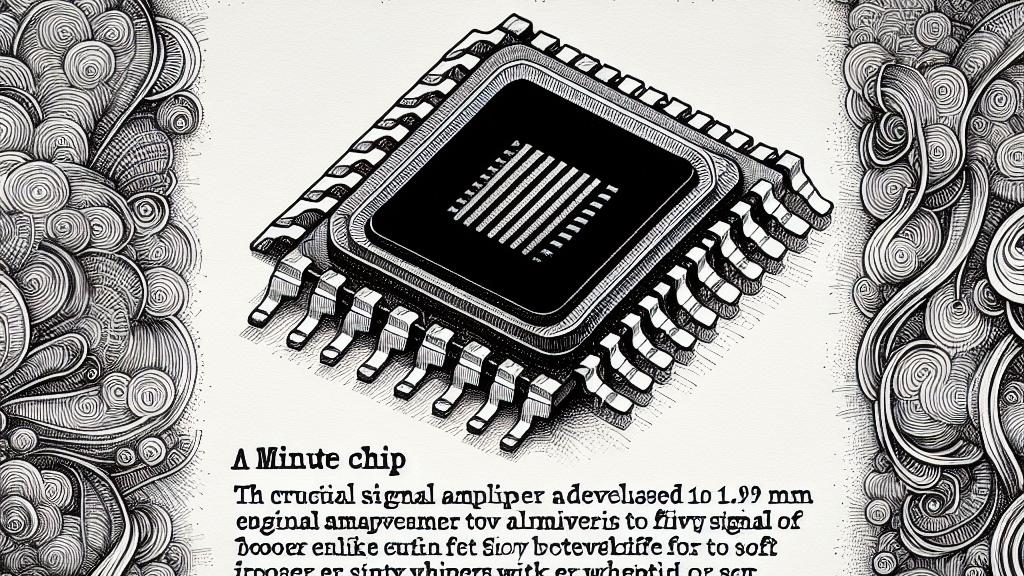Tiny Chip Could Improve Space Communication
Overview
- Discover the groundbreaking signal amplifier chip that could revolutionize space communications.
- This tiny device amplifies remarkably weak signals, bridging essential gaps in current satellite technology.
- Its innovative applications promise to enhance both broadband transmission and vital meteorological observations.

A Revolutionary Communication Breakthrough
Imagine a chip so small it could easily get lost in your pocket. Yet, this diminutive signal amplifier developed by the European Space Agency (ESA) has the potential to revolutionize space communication like never before. Measuring just 1.8 by 0.9 mm, this chip is engineered to confront the tricky challenge of amplifying faint signals. Think of it as a booster for whispers—turning soft, barely audible sounds into clear, resonant messages. This technology stands not just as an increment in our communication capabilities; it paves the path toward a fundamental shift in how we observe our planet from the cosmos.
How Does This Work?
You may be wondering how such a tiny device can produce such powerful results. It operates as a low noise amplifier, effectively “listening” for weak signals that bounce back from Earth. Imagine tuning in to your favorite radio station during a thunderstorm; this chip enhances those faint, crackling signals until they become clear, intelligible messages once again. ESA's microwave engineer, David Cuadrado-Calle, emphasizes the remarkable potential—this amplifier can turn distant radar echoes into valuable information, making it possible to monitor severe weather phenomena and improve our understanding of climate patterns in real time.
Promising Applications for a Changing World
One of the most exciting applications of this technology lies in the future Wivern mission, an Earth Explorer candidate set to launch soon. This mission aims to offer groundbreaking insights into wind patterns and precipitation within clouds. Picture satellites, armed with this amplified technology, accurately measuring gusts of wind swirling in storm systems. Such information would enable meteorologists to deliver more precise forecasts for dangerous weather events. Furthermore, this chip's capacity extends into telecommunications. By enhancing satellite signals, remote communities can look forward to improved internet connectivity, allowing families to stream, work, and connect with the world as if they were in major cities.
The Importance of Technological Advancements
In an increasingly tech-dependent world, developments like this signal amplifier are not merely beneficial—they are essential. Our daily lives rely heavily on satellite communications for navigation and weather updates. Think about it: every time you check the weather on your phone or use GPS for directions, satellites are working tirelessly above. As the ESA strives to bring this innovative chip to life, it signifies not just an enhancement but a leap towards greater clarity in communication. Ultimately, this masterpiece of engineering could herald a new era where connectivity knows no bounds, and our reach into space becomes clearer and more profound.

Loading...